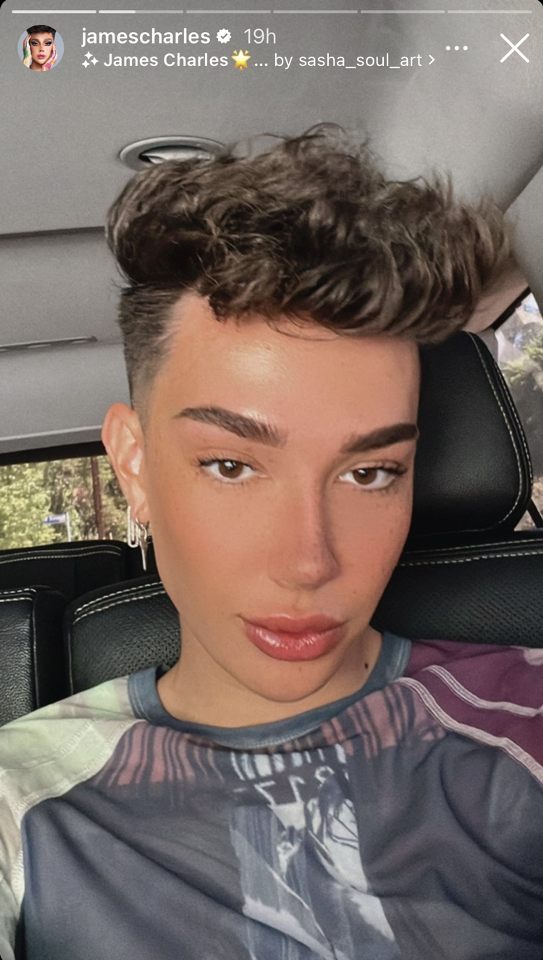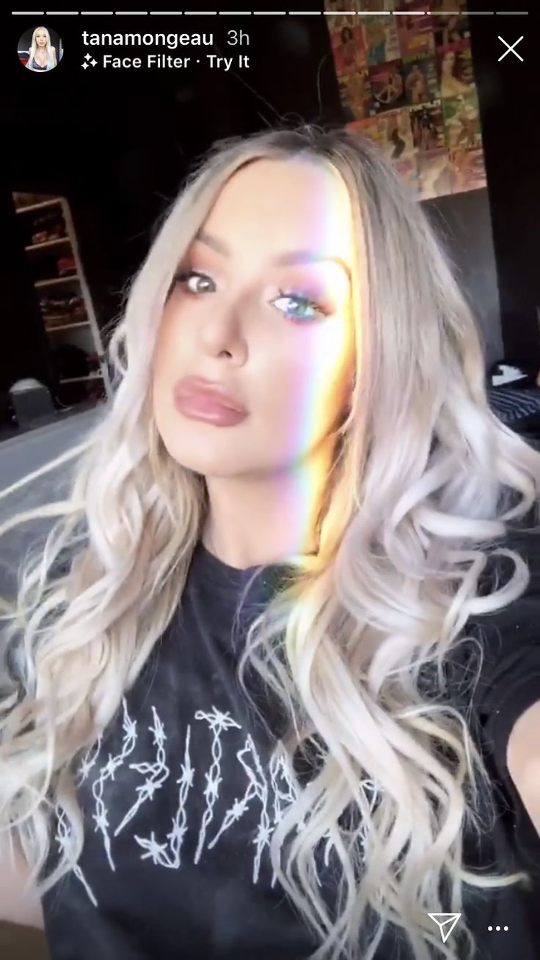It comes to no surprise that social media has brought us a plethora of insecurities and given us dysmorphia of all kinds.
Mayo Clinic defines body dysmorphic disorder as “a mental health condition in which you can’t stop thinking about one or more defects or flaws in your appearance.”
In recent years, body dysmorphia has been normalized and the self-help world is open to discussing its mental health effects, but another thing that has plagued individuals is dysmorphia of the face.
With the digital age at its peak, the pressure to show the world perfection is at an all-time high. Snapchat, TikTok and Instagram are some of the most used photo and video sharing apps that have embraced face filters.

Face Filters
Showing one’s face in its natural form is slowly becoming an obsolete practice. In October 2021, Consumer Reports shared results from a study about the use of face filters. According to their research, one in five Americans who have ever had social media admitted to using a beauty filter prior to posting on social media.

TikTok filters such as “light makeup” and “pure eyes” along with common Instagram filters by user @Sasha_Soul_Art are known for slightly distorting one’s face. They change eye colors, make skin appear more tan and clear, add makeup and overall change the appearance of your facial features.

They may correct an average person’s insecurities, such as the “asymmetry” of their face, acne or any facial feature whether it be eyes, lips, cheeks or nose. Whatever it may be, face filters are actively contributing to face dysmorphia.
Penn State students tell VALLEY why they use face filters when posting themselves online.
“I don’t always love the picture as much without one,” says Penn State junior Jada Talbot. She addresses how the use of face filters has become widespread and almost encouraged, saying, “I think people are just used to seeing others look a certain way, and if they don’t participate a certain way too, they may not feel as good about themselves.”
Just as body dysmorphia can worsen through peer pressure and the collective use of editing and body-morphing tools, face dysmorphia can become more of an issue through the use of face filters.

Gua Shas and Jade Rollers
The pressure to have the same face that filters can create has made face-carving tools extremely popular, namely the gua sha. The gua sha massage can correct any insecurities social media users may have about bone structure.
Penn State junior Nevaeh Grinnage tells VALLEY she is definitely one to use a gua sha from time to time to reduce puffiness. When asked if she suffers from face dysmorphia, Grinnage responded, “All the time!”
It’s All In Your Head
There are a select few that actively choose not to dabble with face-altering filters. Penn State student Marina Flores-Cass tells VALLEY, “I will get insecure and be afraid people can tell it is altered and compare it to how [I] truly look in person.” Perhaps using face filters may help ease any feelings of face dysmorphia.
Mayo Clinic advies people to pay attention to dysmorphia triggers, especially if it may be face-altering filters.
How do you overcome your body dysmorphia? Tweet us and let us know @VALLEYmag!





